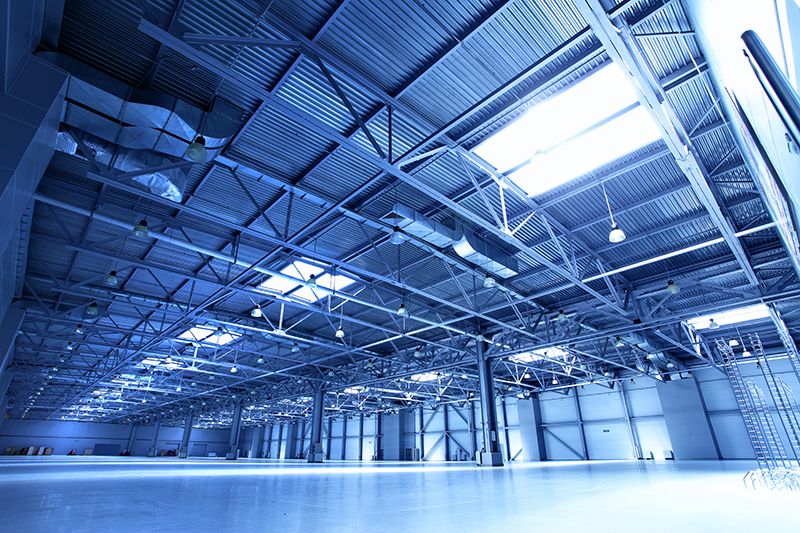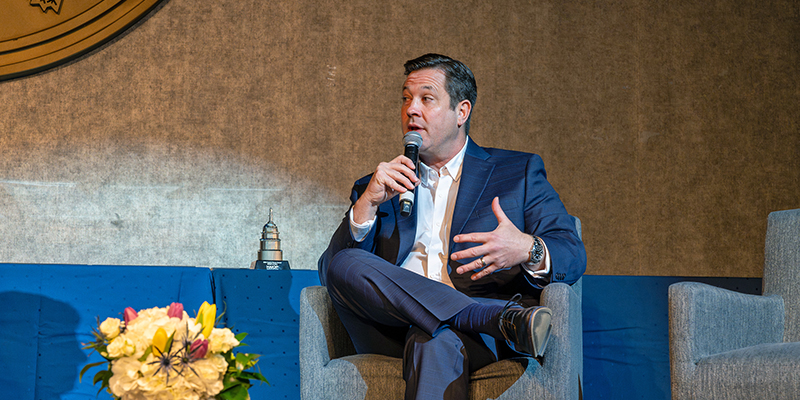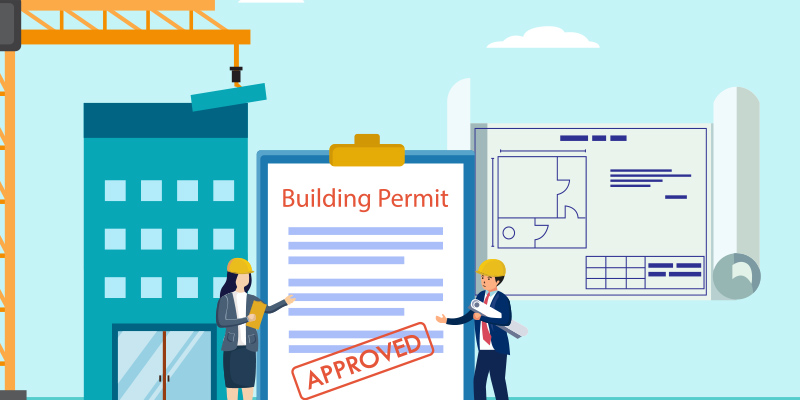The surge of e-commerce, a return of some manufacturing to the U.S., and the demand for industrial space in every size, shape and location have yielded some positive changes in the design of the big box.
A panel of experts on the future of design will present their outlooks at I.CON ‘16: Trends and Forecasts. In advance of the event, NAIOP chatted with Douglas Petrone, regional strategic accounts manager, Dematic Corp., on what he sees next in industrial design.
 NAIOP: What is the optimal design for a speculative building?
NAIOP: What is the optimal design for a speculative building?
Petrone: While there is no singular “ideal or optimal” design for a speculative building, understanding the target audience can help a builder make their buildings more attractive. A building being built in an industrial area suitable for distribution, with ceiling heights of 36’-40’ clear, will attract potential clients with certain requirements and expectations.
- Assuming pallet storage of 5-7 loads high in racking of some kind, the floor should be suitable to handle loadings of around 20,000-30,000 per upright frame. This is based on industry typical 2,000-2,500 lbs. max pallet weights.
- Sprinkler codes for this height of storage typically require in-rack sprinkler systems, which are expensive and can limit system changes and expansions. The ability to provide ESFR (Early Suppression, Fast Response) sprinklers in a building is attractive.
- The type of lift equipment used in taller buildings is unique and has minimal aisle requirements that can greatly impact building column placement and the effective utilization of the available square footage.
NAIOP: Will we start seeing multi-story industrial in the U.S.?
Petrone: Multi-story and/or higher, fully automated warehouses are trends first seen in Europe and becoming more prevalent in United States. These can offer additional square footage or great cube utilization in areas that have limited available real estate footprints. There seems to be interest in this for “last mile” delivery concepts in or around urban population centers.
NAIOP: What the most talked about strategy for fulfillment/distribution centers?
Petrone: First mile/last mile and urban distribution centers are the current hot topics spurred on by increasing e-commerce and online sales. Many companies are trying different models to handle this and the demands of their new omnichannel logistics supply chain requirements. Services offered by a brisbane pallet racking company are in demand as space in warehouses needs to be utilised more effectively.
Hear more from Petrone and a great panel of industrial experts discussing what’s driving industrial real estate at I.CON ’16: Trends and Forecasts, June 9-10, in Jersey City, New Jersey. See the conference website for details on who attends, hot sessions, and project tours.














